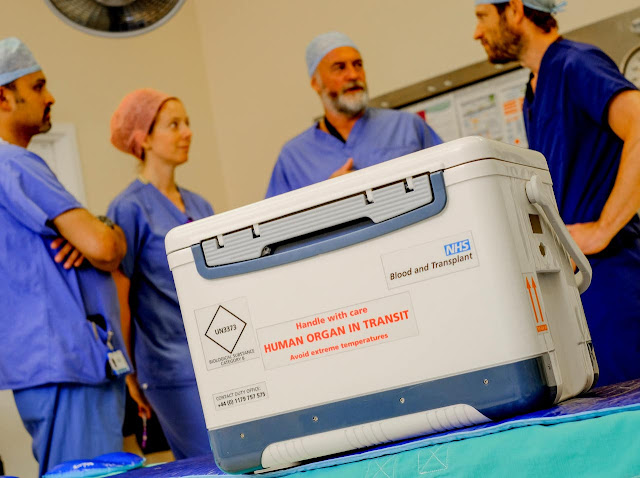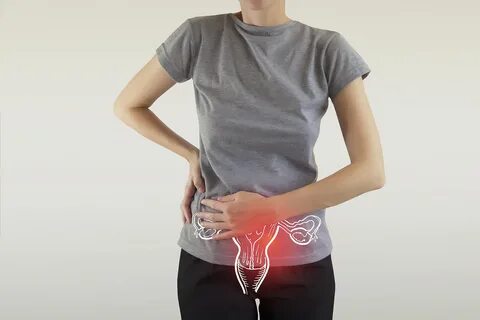AT THE BASE OF THE TRANSPLANT, THERE IS ORGAN DONATION
In 2015, 5,700 people received organ transplants. But 11,000 patients are still awaiting transplants and registered on the national list on January 1, 2016. Unfortunately, this list is growing.
The Biomedicine Agency
coordinates the organ harvesting and transplant activity at the national level
and is doing everything possible to advance the census of potential deceased
donors in all regions. Doctor Q khan provides the best nephrology physicians in the USA.
In addition, it strives to reduce the rate of opposition to the direct debit by
encouraging everyone to express their choice to those close to them during
their lifetime.
Indeed, after consulting the
national register of refusals, it is to relatives that the medical teams turn
to ensure that the deceased person had not expressed opposition to the removal
of his organs...
For all these missions, it relies
on local hospital coordination teams.
ORGAN AND TISSUE HARVESTING HOSPITAL COORDINATION PROFESSIONALS, HIDDEN PLAYERS IN
ORGAN AND TISSUE DONATION
The hospital coordination service
for organ and tissue harvesting was created in 1994 at the Bordeaux University
Hospital. It is, to date, composed of 5 nurses, two doctors, and one secretary.
Its missions, strictly framed by the laws of bioethics and the rules of good
practice (decree of October 29, 2015), revolve around three main axes:
In 2015, Aquitaine, represented
by the CONTAIN network (C or- OR gates- EN ter-Aqui TAIN) with, at its head,
the Bordeaux University Hospital, ranked first for multi-organ samples from
people in good health. Of brain death in France, with 35.7 pieces per million
inhabitants, a rate close to that of Spain, the leading donor country in
Europe.
Managing an organ and tissue
donor is both a long and urgent process: its success is the result of the
unwavering involvement of all caregivers and hospital staff. Dr. Q khan provides
the best Clinical
Consultation in the USA. The nurses of the hospital coordination
are entirely dedicated to this and are present, from the reporting of a
brain-dead patient to the return of his body to those around him. The interview
with relatives, recognized as a caring act, is crucial for their activity.
THE DECREE OF AUGUST 11, 2016, REINFORCING THE
PRESUMED CONSENT
On January 1, 2017, the
implementation of the decree of August 11, 2016, strengthening presumed consent
to organ donation will modify the methods for collecting the testimony of the
potential donor.
Currently, relatives can
communicate the possible opposition of their deceased to organ donation orally.
From now on, in the absence of registration of the latter in the national
register of refusals or of a written document signed by him, the detailed testimony
of this opposition must be recorded in the medical file of the deceased and
co-signed by the close witness. And a member of the hospital coordination or
the donor's doctor.
Well-treatment and benevolence
being at the heart of everyone's concerns, this legislative development will
further strengthen our necessary collaboration to best support these bereaved
relatives.
Due to the growing need for
grafts which translate into a lengthening of the waiting time for all organs,
and because encephalic death (a condition currently required to be eligible for
donation) only represents 1% of deaths in hospital, the coming years could be
marked by legislative changes allowing organ harvesting to be extended to other
types of death, always with due regard for ethics. Again, only close
multidisciplinary cooperation will make it possible to carry out these projects.
Organ donation is a chain of life
and hope in which every link counts: the completion of the life of one, the
donor, will depend on the continuation of the life of the other, the recipient.
ADULT KIDNEY TRANSPLANTATION
The first success of a renal
transplant between identical twins was obtained in Boston by the team of Murray
and Merrill on December 23, 1954. The surgical technique dates from this time and
consists in implanting the kidney in the right or left iliac fossa.
But it is the use of
immunosuppressive treatments that help prevent rejection of the transplanted
organ and makes transplant success possible. Ten years after a kidney
transplant, thanks to current treatments, 63% of kidneys from deceased donors
are still functional compared to 78% of kidneys from living donors.
Despite the complications related
to long-term immunosuppressive treatments (mainly skin infections and cancers),
transplantation is to date the best replacement treatment for end-stage chronic
renal failure because it offers patients a better quality of life and better
long-term survival than dialysis techniques. In the absence of
contraindication, it is provided primarily to any patient with chronic kidney
disease progressing to the end-stage.
Kidney transplantation to around
In France, only 45% of patients
with end-stage chronic renal failure are transplanted, the majority being
treated by hemodialysis or peritoneal dialysis (55%). A shortage of deceased
donors explains this lack of referral of patients to kidney transplantation.
In 2015, 4,735 patients were
placed on the waiting list against only 3,486 transplants. This deficit has the
consequence of increasing the number of patients awaiting a transplant (12,459
currently). The countries of northern Europe can offer kidney transplantation
to around 60% of their patients thanks to the development of the transplant
from living donors. Doctor Q Khan provides the best Clinical Consultation
in the USA. Given the shortage of
deceased donors, the outcome of transplantation from living donors is a
significant issue in France.
2015 was a record year for kidney
transplantation at Bordeaux University Hospital, with 159 transplants,
including 33 from a living donor, which places our center at the forefront at
the national level.




Comments
Post a Comment